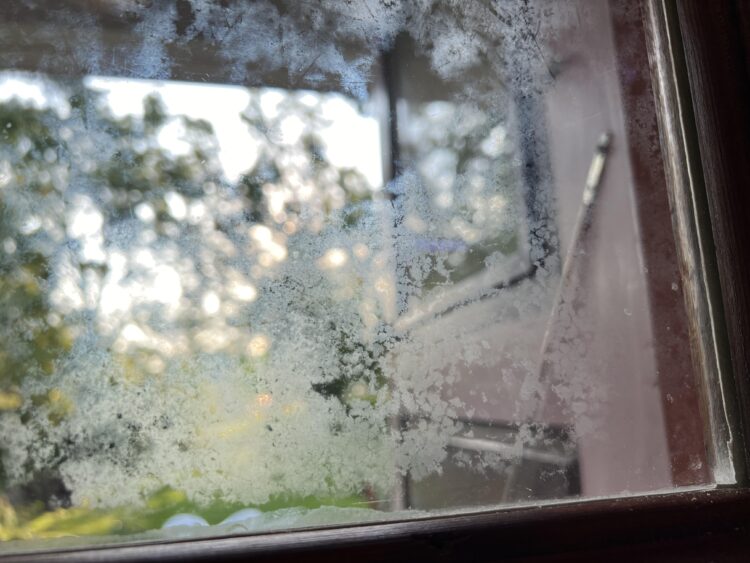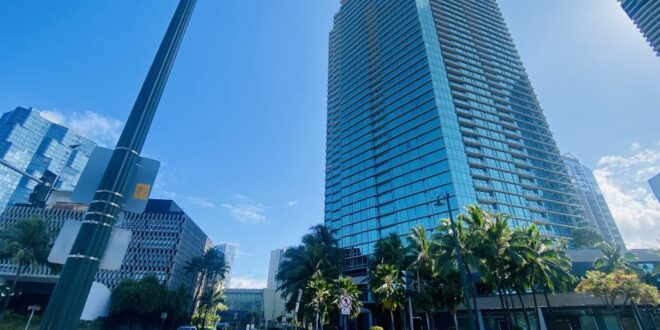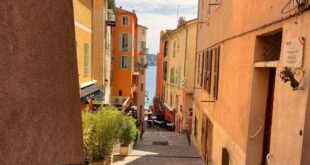Condo boards in Honolulu face a constant balancing act: maintaining property standards while keeping budgets in check. Among the less obvious but highly impactful expenses is cloudy or stained glass in windows, railings, and shower enclosures.
While replacement is often the first idea that comes to mind, restoration offers an overlooked path that preserves both the glass and the budget. The question many boards don’t realize they should ask is simple: is replacement always necessary—or can restoration do the job just as well?
Why Cloudy Glass Becomes a Costly Problem

The humid, salt-heavy air of Honolulu accelerates wear on glass surfaces. Over time, minerals in hard water, combined with constant exposure to coastal conditions, etch into the glass, leaving it hazy or streaked. What begins as a cosmetic issue often becomes a financial one.
- Cloudy balcony railings reduce property appeal and can lower unit values.
- Shower glass in common areas that looks stained sends the wrong message about upkeep.
- Large windows and sliding doors, if replaced rather than restored, can run into five-figure costs.
For boards tasked with maintaining both aesthetics and reserve funds, understanding the root cause of cloudy glass is the first step to solving it affordably.
Restoration vs. Replacement: The Financial Equation
Replacing glass seems like the straightforward fix, but the costs quickly escalate. Restoration specialists, on the other hand, use polishing and resurfacing techniques to remove etched-in stains. The results often look like brand-new installations without the hefty invoice.
This is especially relevant for hard water spot removal services, which directly address mineral buildup rather than discarding the entire pane. Local providers such as hard water spot removal specialists in Honolulu offer targeted treatments that extend the life of existing glass. For boards overseeing dozens or even hundreds of units, the savings add up dramatically when multiplied across an entire property.

How Much Boards Typically Save
To make the case clearer, it helps to look at common scenarios:
| Glass Feature | Replacement Cost (per panel) | Restoration Cost (per panel) | Average Savings |
| Shower Door | $600 – $1,200 | $150 – $300 | 60–75% |
| Balcony Railing Panel | $500 – $900 | $120 – $250 | 65–70% |
| Sliding Glass Door Panel | $1,500 – $3,000 | $350 – $600 | 70–80% |
This kind of table reflects real decisions that determine whether a condo’s reserve funds last five years or ten.
Environmental and Community Benefits
Beyond the financials, restoration carries benefits that replacement cannot match. By reusing the glass, condo boards cut down on construction waste, a meaningful point in Hawaii, where landfills are limited, and transport costs for debris are high. Restoring glass also avoids the disruption of noisy replacements, which often frustrate residents and stretch out over multiple days.
Boards that choose restoration can also highlight the eco-friendly angle when communicating updates to owners, showing that cost-saving doesn’t mean cutting corners, but rather making smarter choices.
When Replacement Still Makes Sense
Not every case is a candidate for restoration. Safety always comes first, and if glass is cracked, structurally weakened, or improperly installed, replacement remains the responsible option. However, cloudy or stained panels without physical damage are almost always salvageable.
A practical approach for boards is to request an inspection from a restoration company before approving costly replacements. These assessments often come at no charge, giving boards a clear side-by-side comparison of what’s possible.
Practical Tips for Condo Boards
For boards weighing their options, several steps make the decision process easier:
- Get multiple quotes. Compare at least one restoration estimate against a replacement bid.
- Inspect before discarding. Ask vendors whether the cloudiness is surface-level or deeper.
- Plan for routine maintenance. Regular treatments can prevent heavy mineral buildup in the first place.
- Communicate clearly with residents. Highlight the cost savings and eco-friendly impact of restoration choices.
These practices not only save money but also strengthen trust with residents who expect careful financial stewardship.
A Subtle Shift in Thinking
What’s striking is how many boards automatically assume “cloudy equals broken.” Yet restoration challenges that assumption. It reframes the conversation from one of loss to one of preservation, showing that value lies not in constant replacement but in recognizing what can be renewed.
This shift isn’t about cutting corners. It’s about maximizing the resources already available and aligning upkeep with Honolulu’s unique environmental realities. In a city where costs are high across the board, it’s often the small, overlooked decisions – like whether to restore or replace glass – that make the biggest financial difference in the long run.
Smarter Stewardship for Honolulu Condos

For Honolulu condo boards, cloudy glass doesn’t have to mean draining reserves. Restoration presents a practical, cost-effective, and environmentally responsible solution. By embracing professional treatments such as hard water spot removal, boards preserve both their budgets and the visual appeal of their properties.
The next time cloudy panels show up on inspection lists, it may be worth pausing before authorizing replacements. The smarter path, as more boards are discovering, often lies not in what’s new, but in what can be restored.
 Hi Boox Popular Magazine 2025
Hi Boox Popular Magazine 2025



